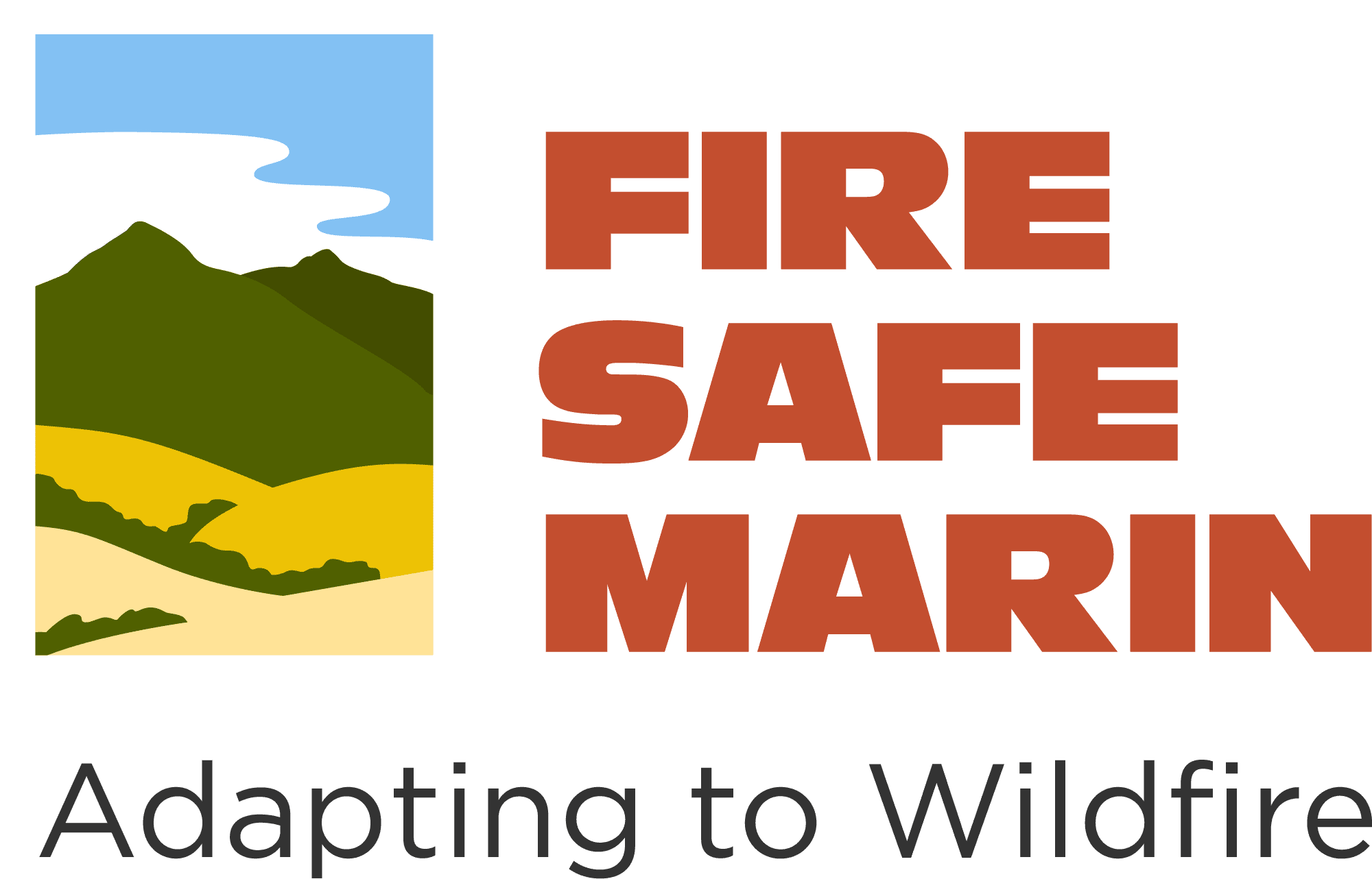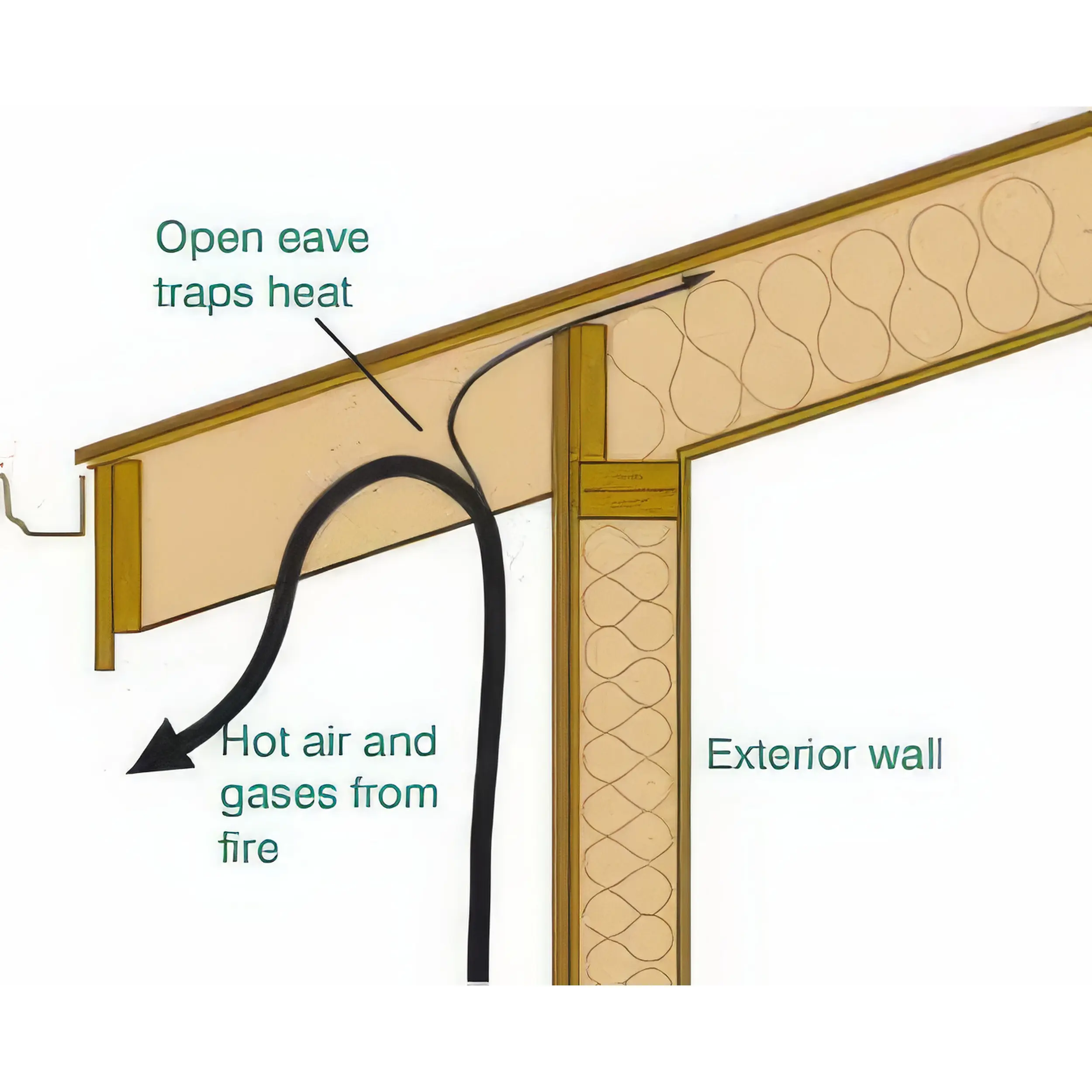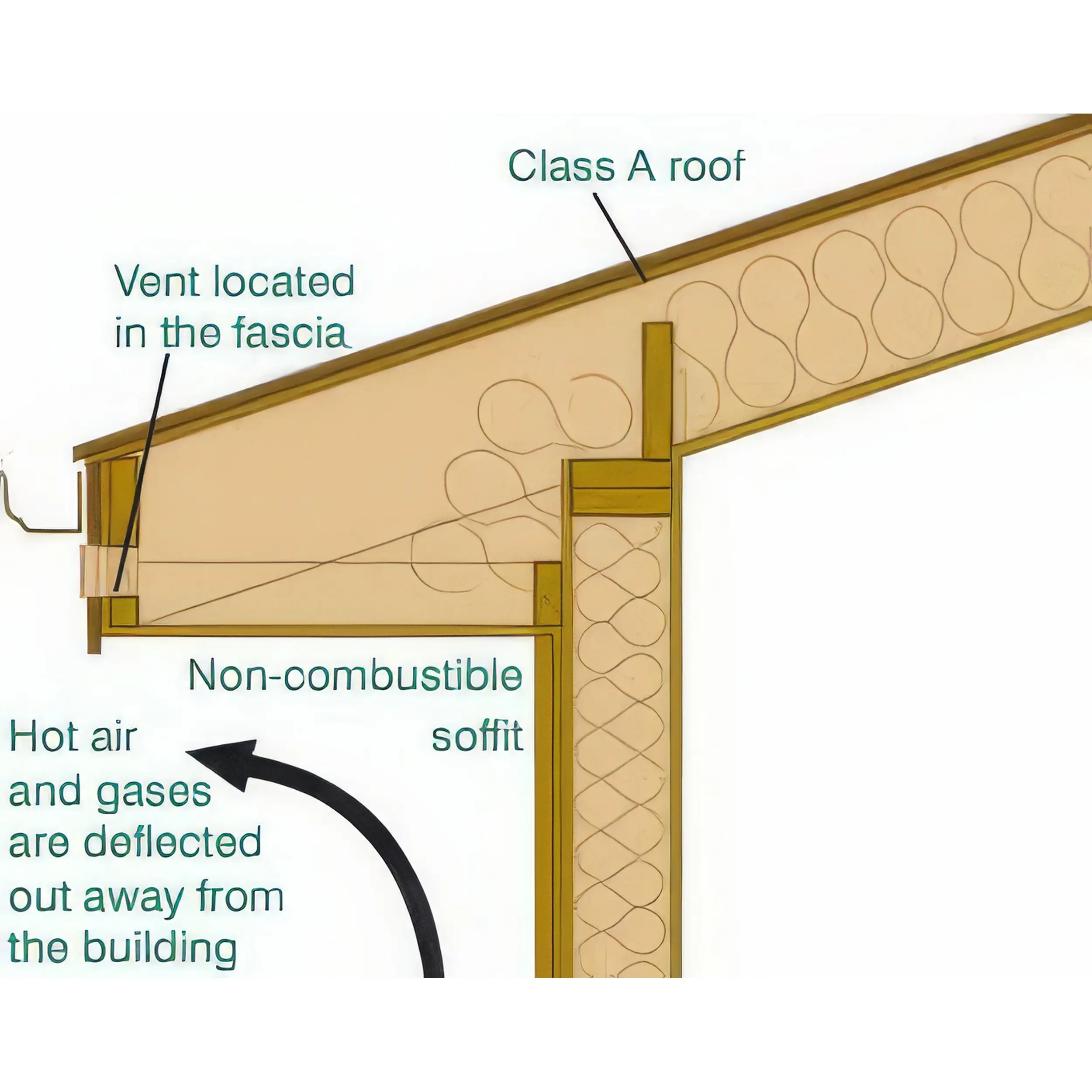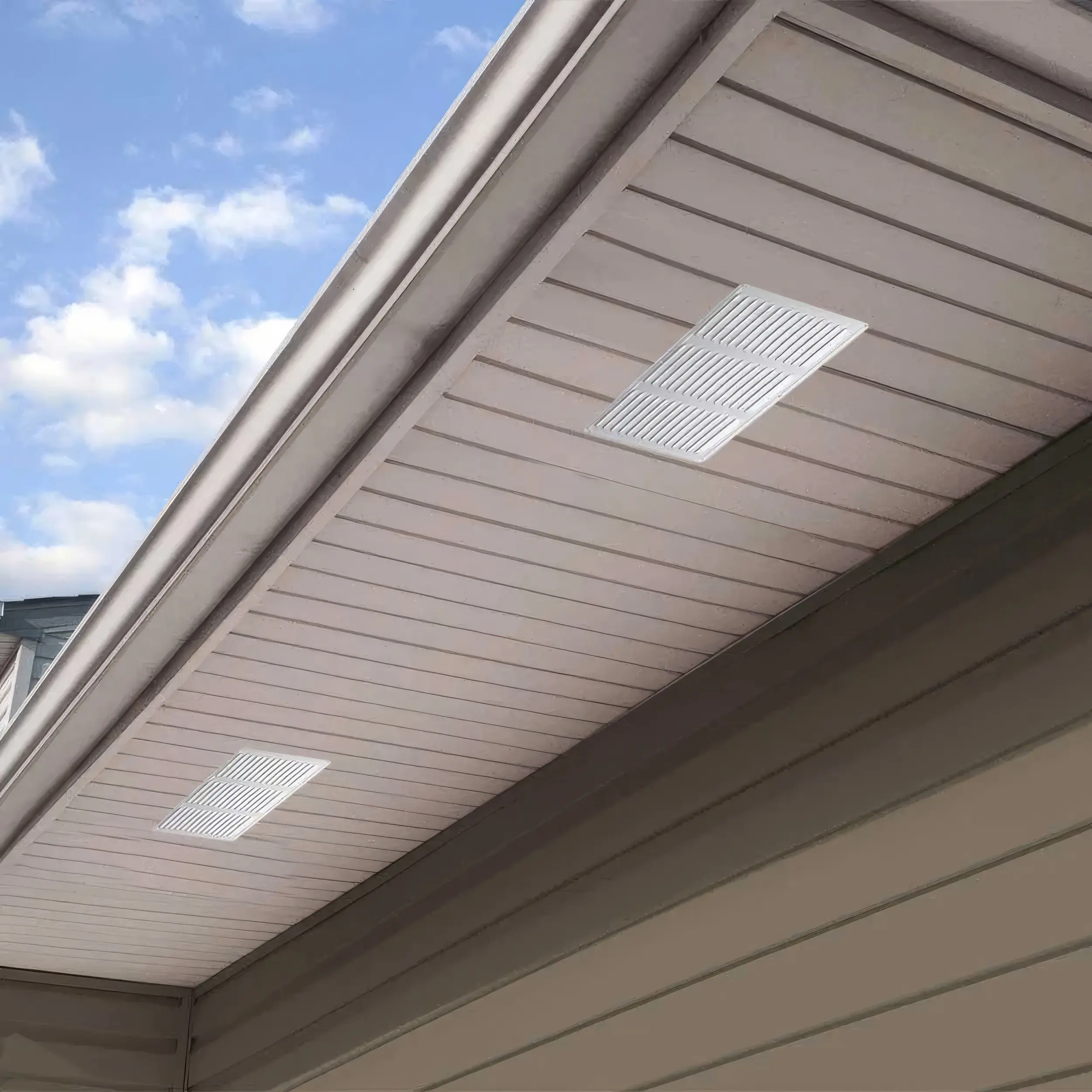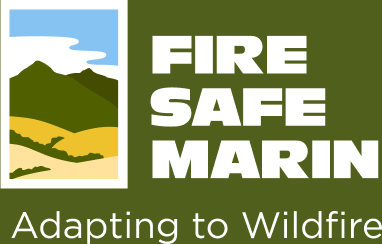IN THE EVENT OF AN EMERGENCY THIS SITE IS NOT MONITORED. FOR CURRENT INFORMATION GO TO HTTPS://EMERGENCY.MARINCOUNTY.GOV.
Fire-Resistant Soffits & Eaves
Guidance on the design and construction of eaves, overhangs, and soffits in wildfire zones for new and existing buildings.
As wildfire events become more frequent and intense due to climate change, it’s crucial to examine the vulnerabilities of various structural elements in homes. One such vulnerable component is the soffit, an often overlooked part of a building’s exterior. Understanding the risks associated with soffits during wildfires and implementing protective measures is essential for enhancing overall fire resilience.
What are Soffits?
The soffit is basically, any finishing material, such as wood or fiber cement, that is installed to cover the underside of your roof overhang. Soffits help protect the underside of your roof and roof deck from the elements and when properly installed, heat and embers. Soffits may be perforated or vented to help air circulate through your attic space.

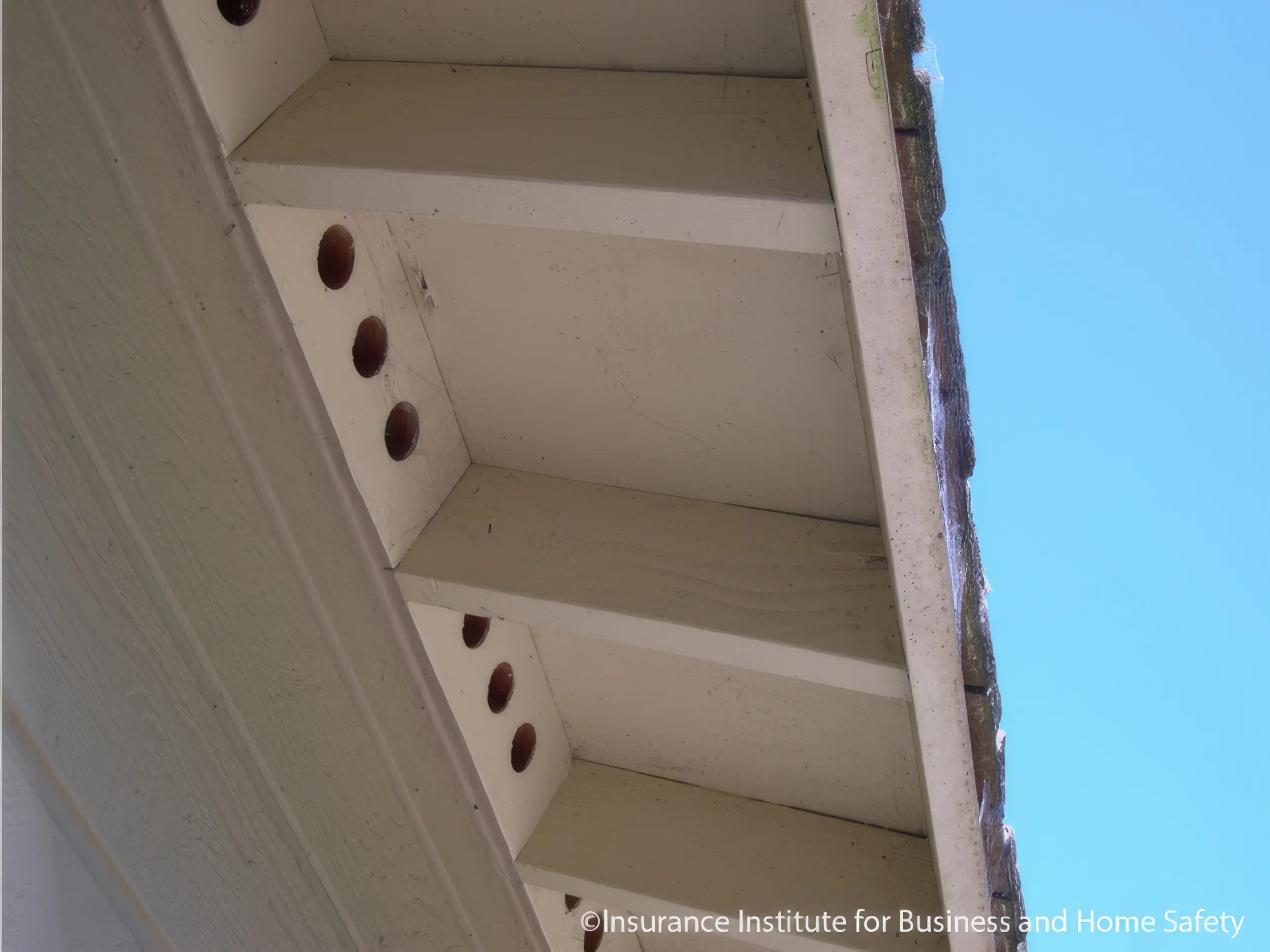
Eaves are located at the down-slope edge of a sloped roof and serve as the transition between the roof and fascia/wall. Eaves, Overhangs, and Soffits panels are vulnerable to damage from wildfires. Metal panels conduct heat and can distort and allow the passage of embers and hot gases. Untreated wood panels can ignite, and vinyl panels can melt and fall away.
Key Issues
- Embers, convective heat, and radiant heat can be trapped under overhangs and in the upper portion of exterior walls. Overhangs and walls can ignite if not constructed out of non-combustible or fire-resistant materials.
- Once an eave, overhang, or soffit has ignited, fire can spread onto the roof, into the attic, or onto and through the exterior wall.
Vulnerabilities of Soffits to Wildfires:
Protective Measures for Soffits:
The vulnerability of soffits to wildfires underscores the importance of proactive measures to enhance the fire resilience of buildings. By choosing non-combustible materials, applying fire-resistant coatings, installing ember-resistant screens, and conducting regular maintenance, homeowners can significantly reduce the risk of soffit ignition during wildfires. As communities grapple with the increasing threat of wildfires, addressing these vulnerabilities becomes crucial for safeguarding lives and property in the face of this growing environmental challenge.
Guidance for New Buildings
- Consider designing the building without overhangs (see Figure 2) to avoid the fire-related problems associated with soffits, or to minimize the extent of the overhang to reduce the potential for entrapment of embers and hot gases.
- If having no overhangs, or short overhangs, are unacceptable because of aesthetics or a desire to protect the walls from rainfall or windows from the sun, implement the following recommended measures:
- Enclose overhangs with soffits that have a minimum one-hour fire-resistance rating to prevent embers and hot gases from making contact with the joists, rafters or trusses, or the underside of the roof decking.
- Use flat, horizontal soffits (see Figure 3) instead of attaching the soffits to the sloped joists, which creates sloped soffits. A flat soffit reduces the potential for entrapment of embers and hot gases.
- For the fascia, use non-combustible or fire-resistant materials (e.g., fire-retardant-treated lumber, fiber-cement board, etc.).
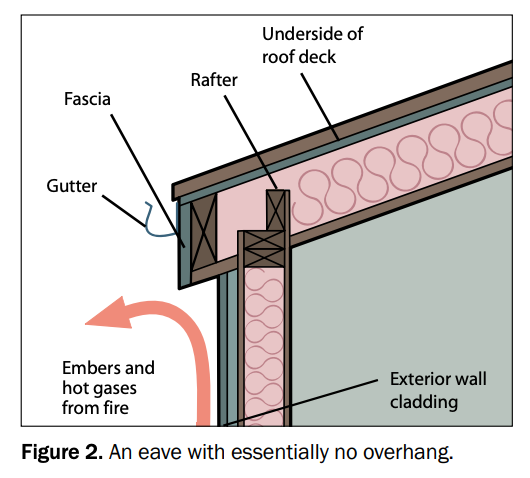
Figure 2. An eave with essentially no overhang.
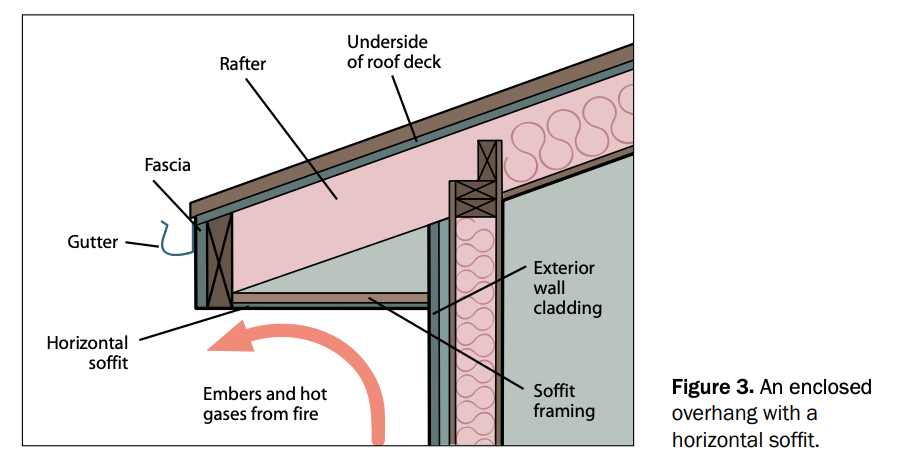
Figure 3. An enclosed overhang with a horizontal soffit.
- For eave vents, follow the guidance in FEMA Technical Fact Sheet No. 8, located within The Home Builder’s Guide to Construction in Wildfire Zones. See also Figure 3 (enclosed overhang with a horizontal soffit) which shows the path of embers and hot gases rising from the exterior fire wall and passing under the roof deck including the fascia, gutter and rafter.
- Install a soffit under open overhangs according to the guidance provided above.
- Evaluate the fire-resistance of existing soffits and replace soffits that are not fire-resistant according to the guidance provided above. Some existing soffits (such as those constructed of plywood) can be covered with a non-combustible or fire-resistant material such as fiber-cement board or stucco.
- In very high Fire Severity Zones, install exterior 5/8-inch fire-resistant gypsum board between the existing and new soffit materials for enhanced fire resistance.
- If the fascia is combustible, cover the fascia board with a noncombustible or fire-resistant material (e.g., fire-retardant-treated lumber, fiber-cement board, etc.).
- For eave vents, follow the guidance on Fire-Resistant Vents.
- For more information about Eaves, Overhangs, and Soffits, refer to the FEMA Technical Fact Sheet No. 6.
Considerations
Planting combustible vegetation under eaves and overhangs should be avoided. See FEMA Technical Fact Sheet No. 4, Defensible Space.

